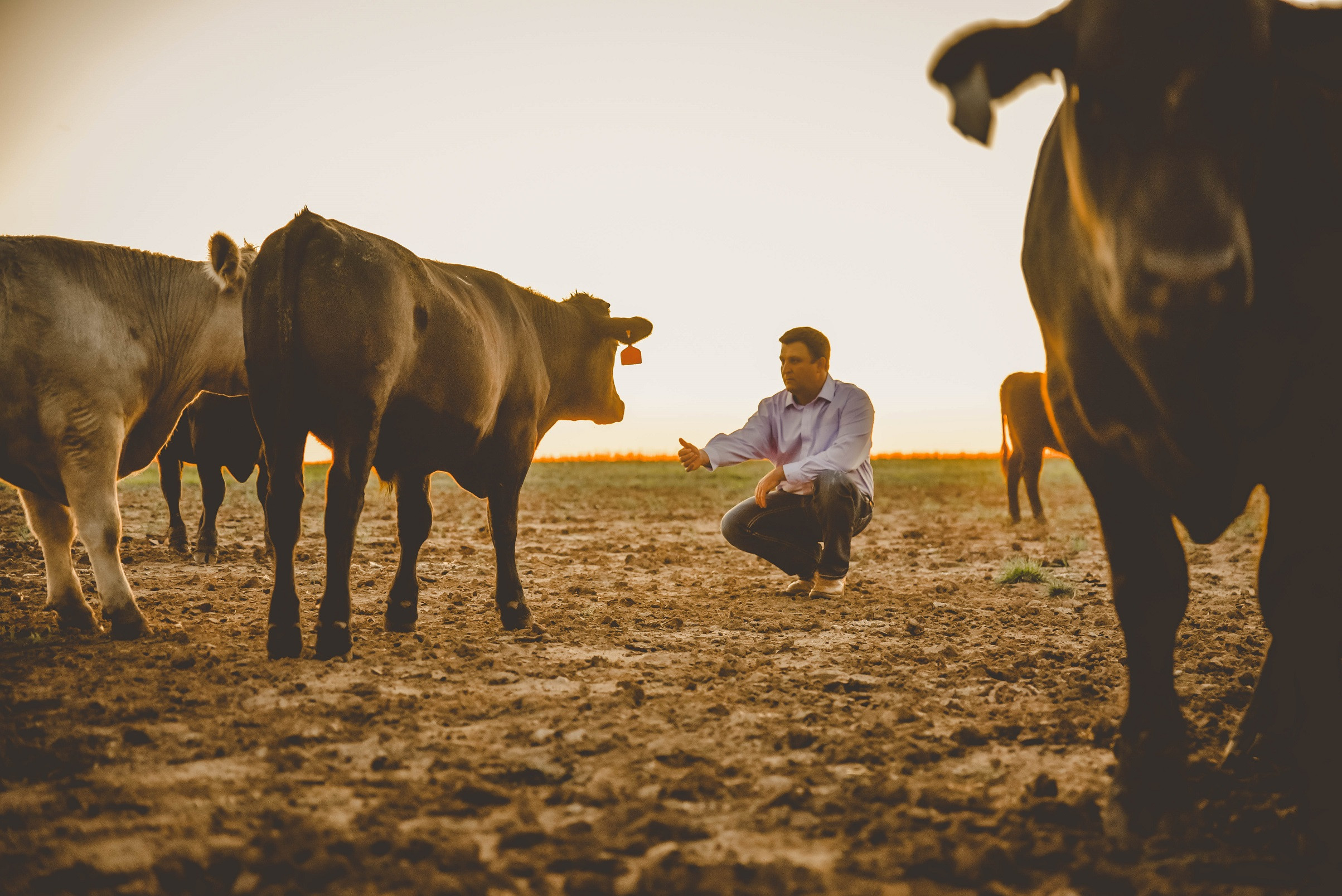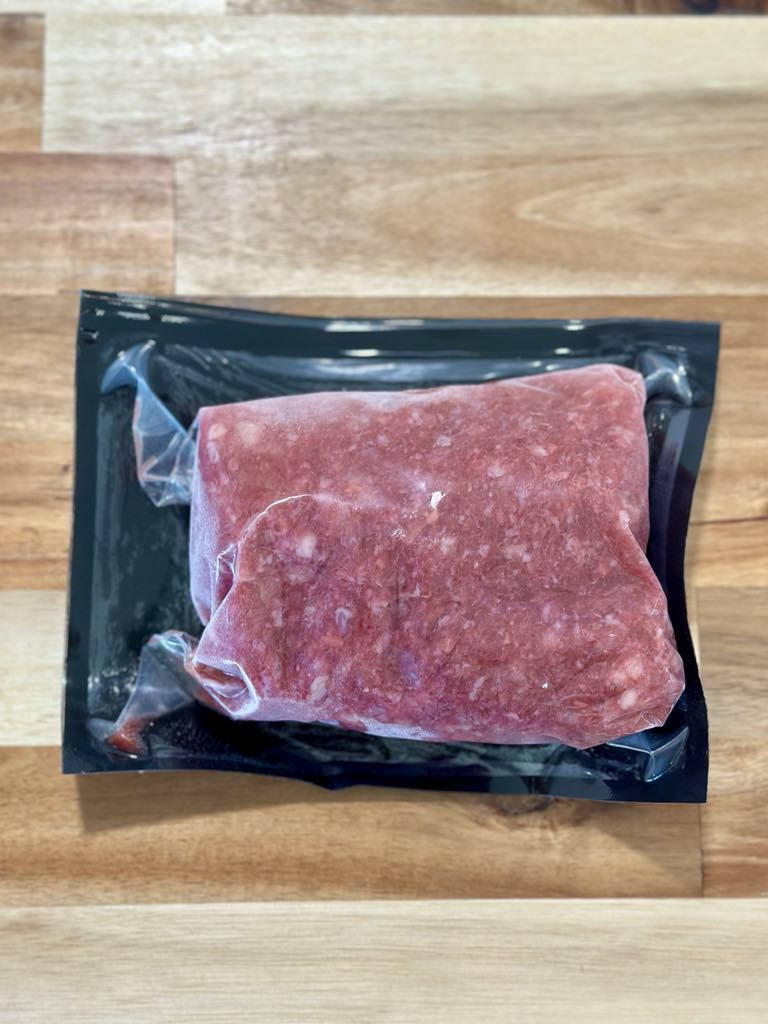The Change in the Beef Industry
posted on
October 14, 2020
While 2020 will certainly be a year that stands out in all our memories, as an elder member of Bachman Family Farms I can speak to many of the changes we have seen over the years. I have been a farmer for over 40 years, and within that time, have seen many changes in the meat industry. I have seen the beef industry evolve from the giant breeds of cattle in the 1970’s that produced 1,500 pound animals to a more efficient, earlier maturing breed that produces a marbled, finished product at 1,200 - 1,300 pounds today.
A continued evolution in the beef industry
There is a continued evolution in the beef industry that is now driven by a smart, informed consumer. Many consumers want to know that the welfare of the animal is respected, and the production of that beef is sustainable. At Bachman Family Farms, we want to provide high quality, grass finished beef to our customers. Our process is more labor intensive, requires more documentation and requires a longer period from birth to finish than more traditional methods of beef production. We strongly believe that grass-fed beef sold directly to the consumer is becoming a very important part of the beef industry and we want to be a part of that change.

Net Zero Carbon Emissions
In a five-year study led by Michigan State University, researchers concluded that cattle produced in an intensive grazing management program that involved a multi-paddock grazing system can bring net carbon emissions to near zero. With the additional practice of using cover crops, the research showed carbon emissions could be brought to a net negative. This research gives us hope that the cattle industry can make changes that can meet market demands, while at the same time helping the environment.
More Sustainable Agriculture
While having net-zero carbon emissions is a huge step, Bachman Family Farms is in the infant stage of making a transition to a multi-paddock, rotational grazing system as the Michigan study describes. In addition to having moved our cattle to being a fully grass-fed herd, Bachman Family Farms is starting to use cover crops that put residue and nutrients back into the soil while providing the cattle a high-quality forage. These are just two ways that we are working to become more sustainable.
While we cannot say what the future holds for the cattle industry, we know that it will continue to change. Our hope at Bachman Family Farms is that policymakers, farmers and ranchers will work together for positive change.



